There are many good reasons to become Microsoft Azure Certified and take the Microsoft Azure AZ-900 exam. If you are reading this blog post, you might already have decided that you want to take a I want to share how to prepare for this exam and pass.
Free Online Microsoft Learn AZ-900 Exam Study Guide resources
- Azure Fundamentals part 1: Describe core Azure concepts
- Azure Fundamentals part 2: Describe core Azure services
- Azure Fundamentals part 3: Describe core solutions and management tools on Azure
- Azure Fundamentals part 4: Describe general security and network security features
- Azure Fundamentals part 5: Describe identity, governance, privacy, and compliance features
- Azure Fundamentals part 6: Describe Azure cost management and service level agreements
Describe cloud concepts (20-25%)
Identify the benefits and considerations of using cloud services
Identify the benefits of cloud computing, such as high availability, scalability, elasticity, agility, and disaster recovery
Identify the differences between Capital Expenditure (CapEx) and Operational Expenditure (OpEx) > Capital expenditure (CapEx) versus operational expenditure (OpEx)
Describe the consumption-based model > Azure pricing
Describe the differences between categories of cloud services
Describe the shared responsibility model > Shared responsibility in the cloud
Describe Infrastructure-as-a-Service (IaaS) > What is IaaS?
Describe Platform-as-a-Service (PaaS) > What is PaaS?
Describe serverless computing > Serverless computing
Describe Software-as-a-Service (SaaS) > What is SaaS?
Identify a service type based on a use case > What are the different types of cloud computing services?
Describe the differences between types of cloud computing
Define and describe cloud computing > What is cloud computing?
Describe private cloud > What is a private cloud?
Describe hybrid cloud > What is a hybrid cloud?
Compare and contrast the three types of cloud computing > What are public, private, and hybrid clouds?
Describe core Azure services (15-20%)
Describe the core Azure architectural components
Describe the benefit and usage of Regions and Region Pairs
Describe the benefit and usage of Availability Zones > What are Availability Zones in Azure?
Describe the benefit and usage of Resource Groups > Resource groups
Describe the benefit and usage of Subscriptions > Azure subscription and service limits, quotas, and constraints
Describe the benefit and usage of Management Groups > What are Azure management groups?
Describe the benefit and usage of Azure Resource Manager > What is Azure Resource Manager?
Explain Azure resources > Azure resource providers and types
Describe core resources available in Azure
Describe the benefits and usage of Virtual Machines, Azure App Services, Azure Container Instances (ACI), Azure Kubernetes Service (AKS), and Windows Virtual Desktop
- Compute
- Virtual Machines
- App Service
- Container Instances
- Azure Kubernetes Service (AKS)
- Windows Virtual Desktop (WVD)
Describe as the benefits and usage of Virtual Networks, VPN Gateway, Virtual network peering, and Express Route
Describe the benefits and usage of Container (Blob) Storage, Disk Storage, File Storage, and storage tiers
Describe the benefits and usage of Cosmos DB, Azure SQL Database, Azure Database for MySQL, and Azure Database for PostgreSQL, and SQL Managed Instance
- Welcome to Azure Cosmos DB
- Azure SQL Database
- Azure Database for MySQL
- Azure Database for PostgreSQL
- What is Azure SQL Managed Instance?
Describe the benefits and usage of Azure Marketplace > Azure Marketplace
Describe Core Solutions and Management Tools on Azure (10-15%)
Describe core solutions available on Azure
Describe the benefits and usage of IoT Hub, IoT Central, and Azure Sphere
Describe the benefits and usage of Azure Synapse Analytics, HDInsight, and Azure Databricks
Describe the benefits and usage of Azure Machine Learning, Cognitive Services, and Azure Bot Service
Describe the benefits and usage of serverless computing solutions that include Azure Functions and Logic Apps
Describe solutions for software development including Azure DevOps, GitHub, GitHub Actions, and Azure DevTest Labs
Describe Azure management tools
Describe the functionality and usage of the Azure Portal, Azure PowerShell, Azure CLI, Cloud Shell, and Azure Mobile App
Describe the functionality and usage of Azure Advisor > Introduction to Azure Advisor
Describe the functionality and usage of Azure Resource Manager (ARM) templates > What are ARM templates?
Describe the functionality and usage of Azure Monitor > Azure Monitor
Describe the functionality and usage of Azure Service Health > Azure Service Health
Describe General Security and Network Security Features (10-15%)
Describe Azure security features
Describe basic features of Azure Security Center, including policy compliance, security alerts, secure score, and resource hygiene > What is Azure Security Center?
Describe the functionality and usage of Key Vault > Key Vault
Describe the functionality and usage of Azure Sentinel > Azure Sentinel
Describe the functionality and usage of Azure Dedicated Hosts > Azure Dedicated Hosts
Describe Azure network security
Describe the concept of defense in depth > Azure network security overview
Describe the functionality and usage of Network Security Groups (NSG) > Network Security Groups (NSG)
Describe the functionality and usage of Azure Firewall > Azure Firewall
Describe the functionality and usage of Azure DDoS protection > Azure DDoS Protection
Describe Identity, Governance, Privacy, and Compliance Features (20-25%)
Describe core Azure identity services
Explain the difference between authentication and authorization > Windows Authentication Concepts
Define Azure Active Directory > Azure Active Directory
Describe the functionality and usage of Conditional Access, Multi-Factor Authentication (MFA), and Single Sign-On (SSO)
Describe Azure governance features
Describe the functionality and usage of Role-Based Access Control (RBAC) > Role-Based Access Control (RBAC)
Describe the functionality and usage of Azure Policy > Azure Policy
Describe the functionality and usage of resource locks > resource locks
Describe the functionality and usage of tags > Azure tags
Describe the functionality and usage of Azure Blueprints > Azure Blueprints
Describe the Cloud Adoption Framework for Azure > What is the Microsoft Cloud Adoption Framework for Azure?
Describe privacy and compliance resources
Describe the Microsoft core tenets of Security, Privacy, and Compliance
- Introduction to Azure security
- Strengthen your security posture with Azure
- Azure data privacy and protection
- Azure compliance
Describe the purpose of the Microsoft Privacy Statement, Online Services Terms (OST) and Data Protection Amendment (DPA)
Describe the purpose of the Trust Center > Microsoft Trust Center Describe the purpose of the Azure compliance documentation > Azure compliance documentation
Describe the purpose of Azure Sovereign Regions (Azure Government cloud services and Azure China cloud services)
Describe Azure cost management and Service Level Agreements (10-15%)
Describe methods for planning and managing costs
Identify factors that can affect costs (resource types, services, locations, ingress and egress traffic) > Azure pricing
Identify factors that can reduce costs (reserved instances, reserved capacity, hybrid use benefit, spot pricing) > Tutorial: Optimize costs from recommendations
Describe the functionality and usage of the Pricing calculator and the Total Cost of Ownership (TCO) calculator
Describe the functionality and usage of Azure Cost Management > What is Azure Cost Management + Billing?
Describe Azure Service Level Agreements (SLAs) and service lifecycles
Describe the purpose of an Azure Service Level Agreement (SLA)
Identify actions that can impact an SLA (i.e. Availability Zones) > Overview of the reliability pillar
Describe the service lifecycle in Azure (Public Preview and General Availability)
Happy studying :)
 Sven Malvik
Sven Malvik 
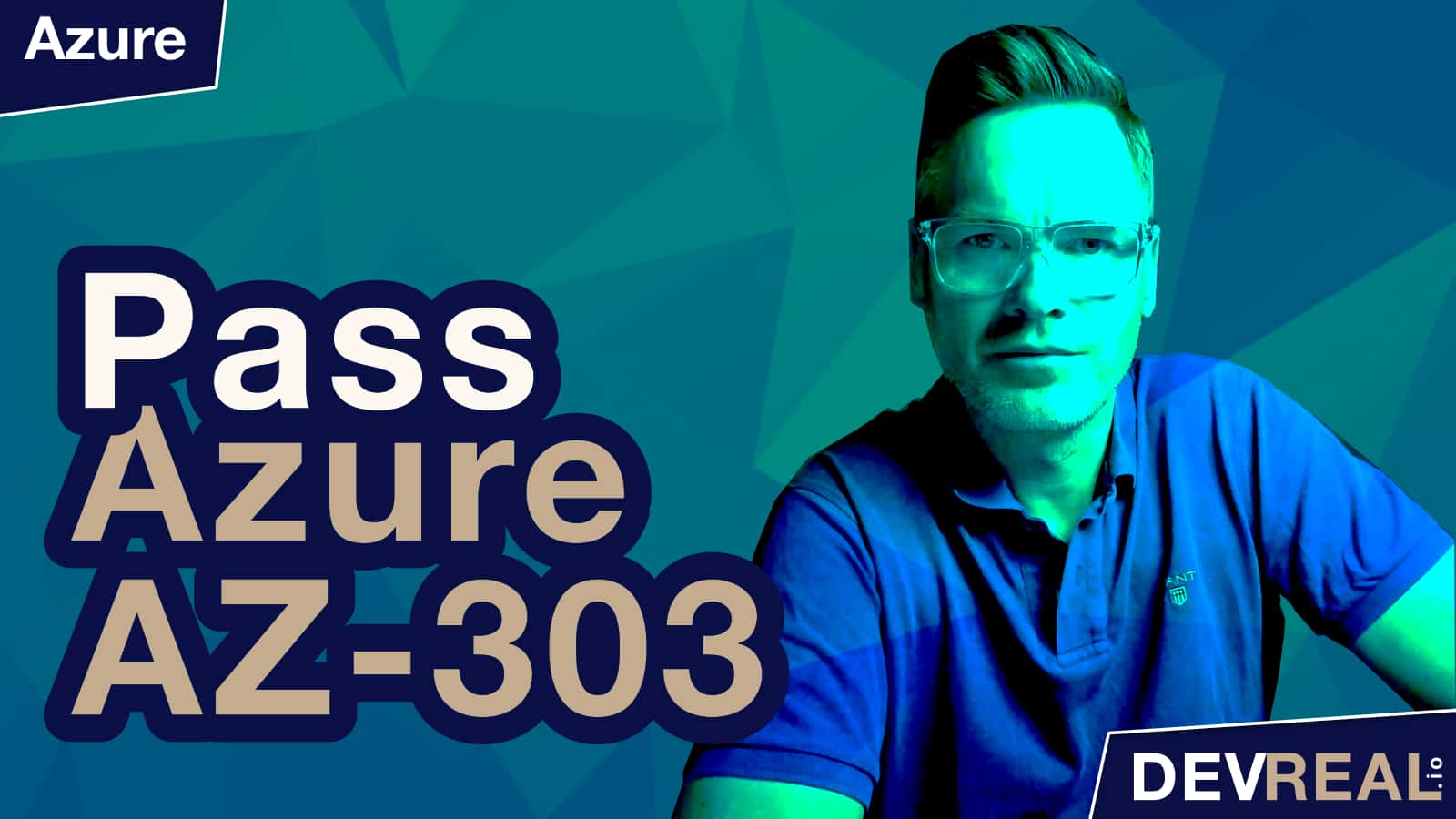
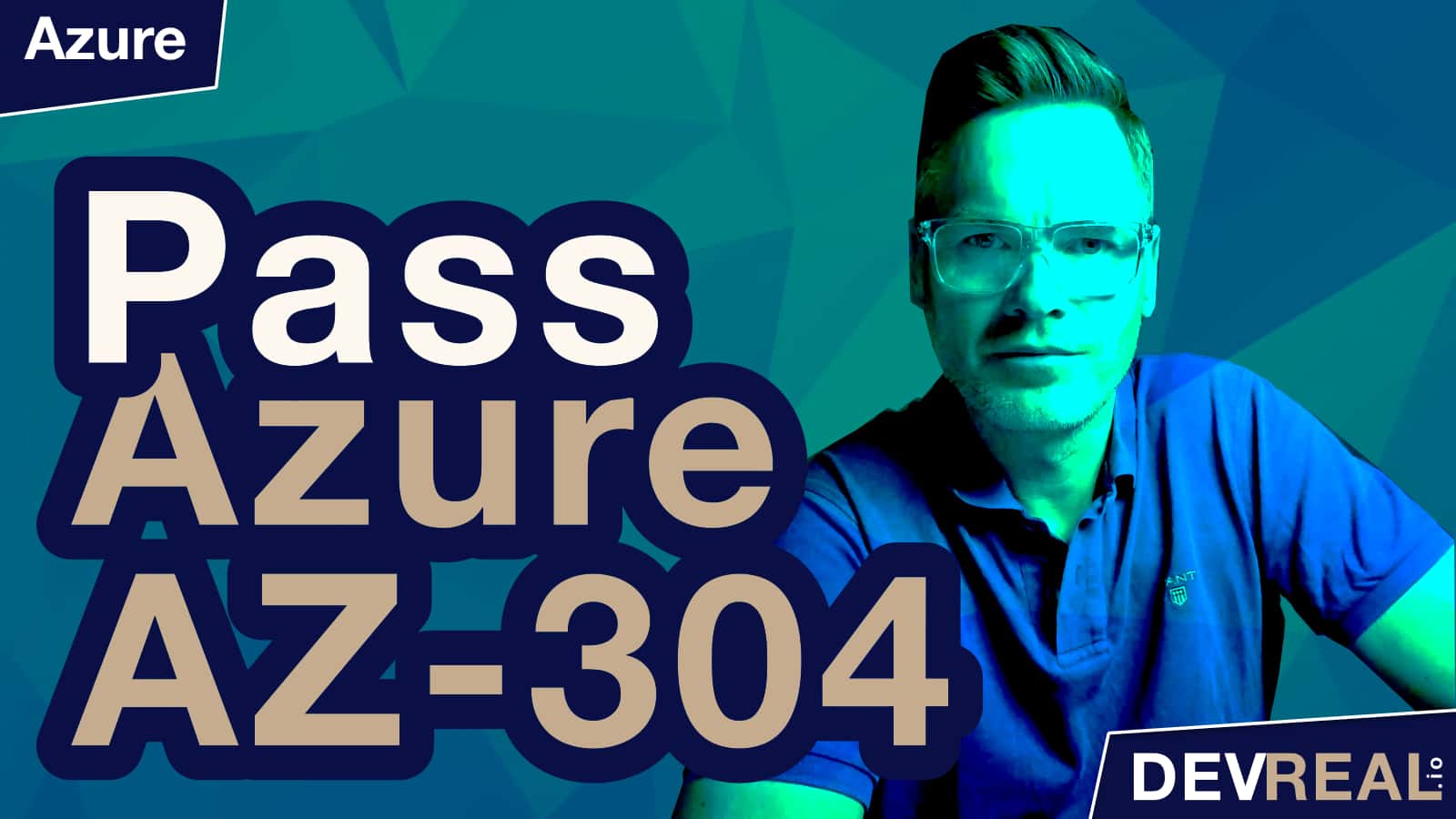
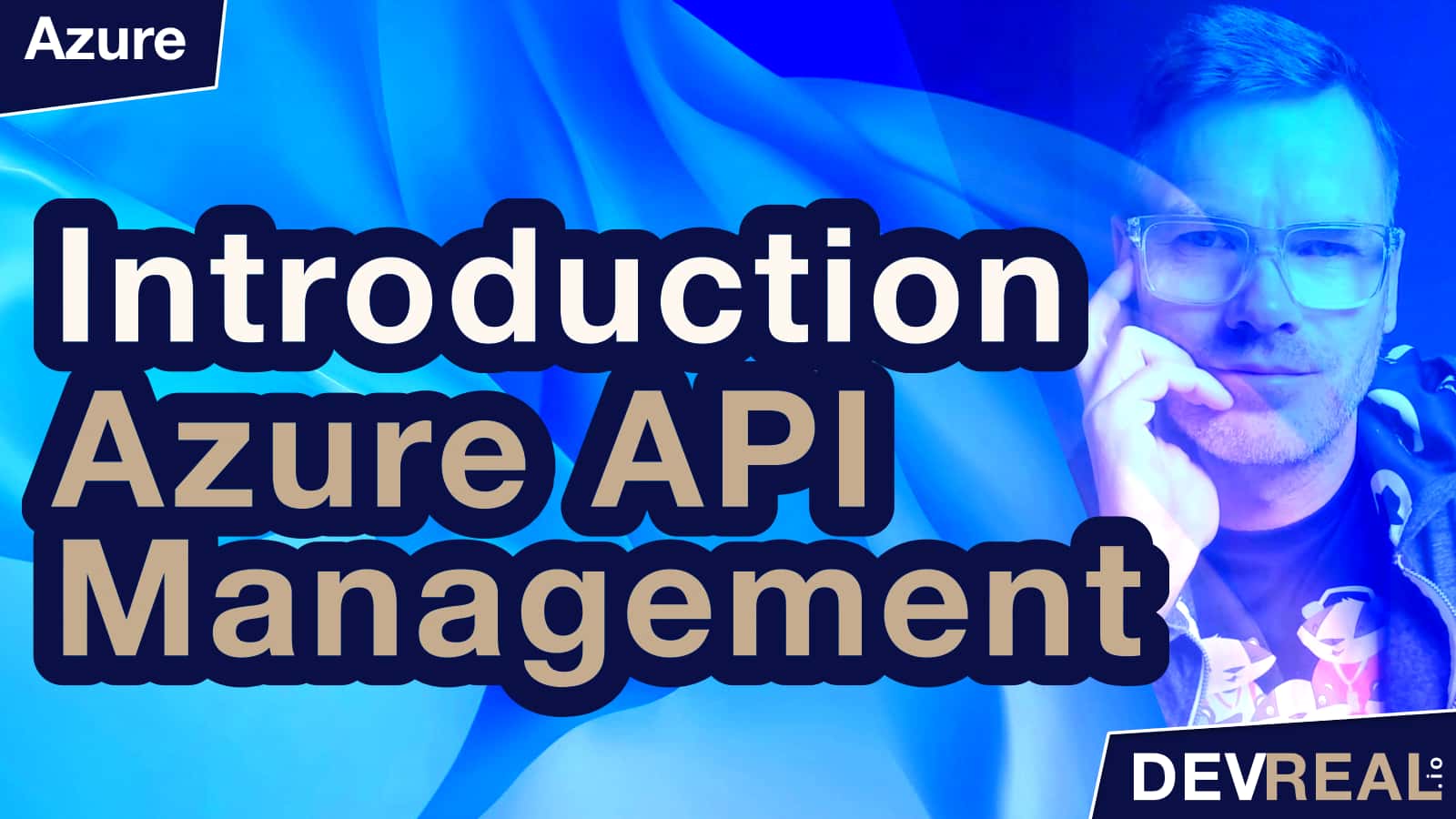
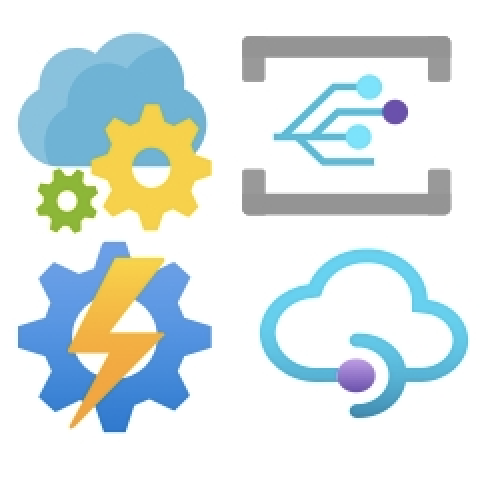

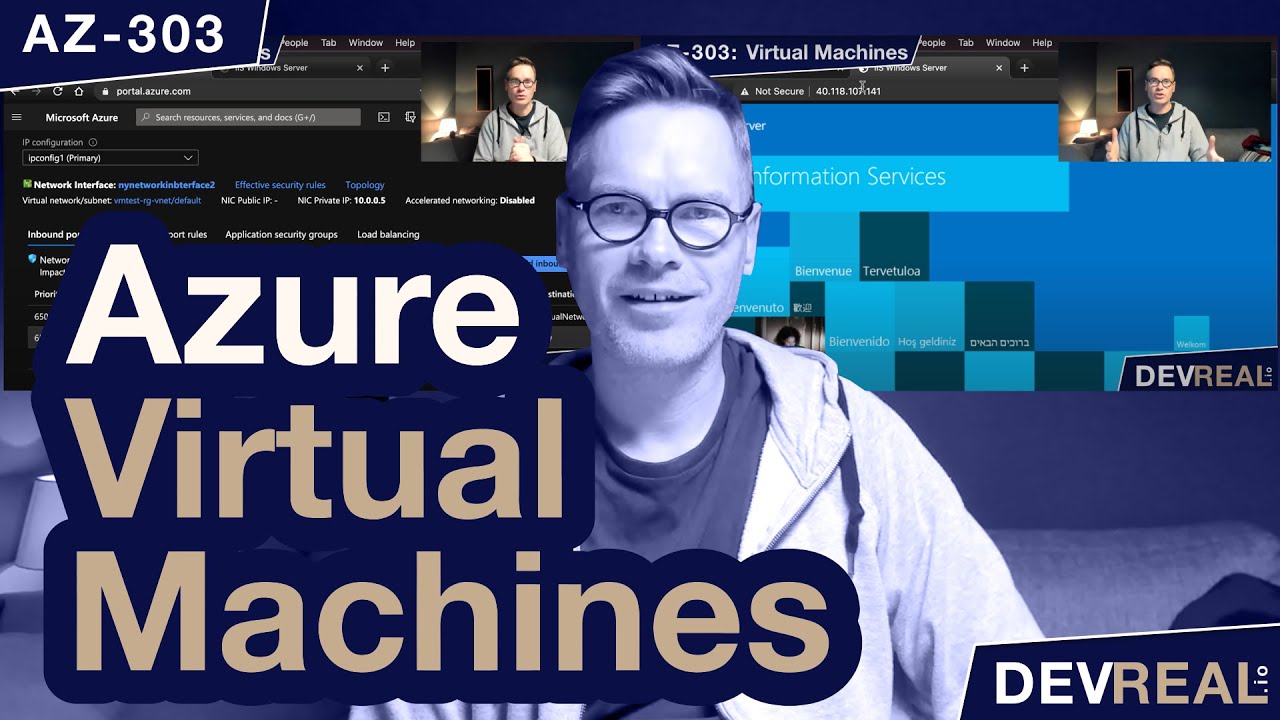

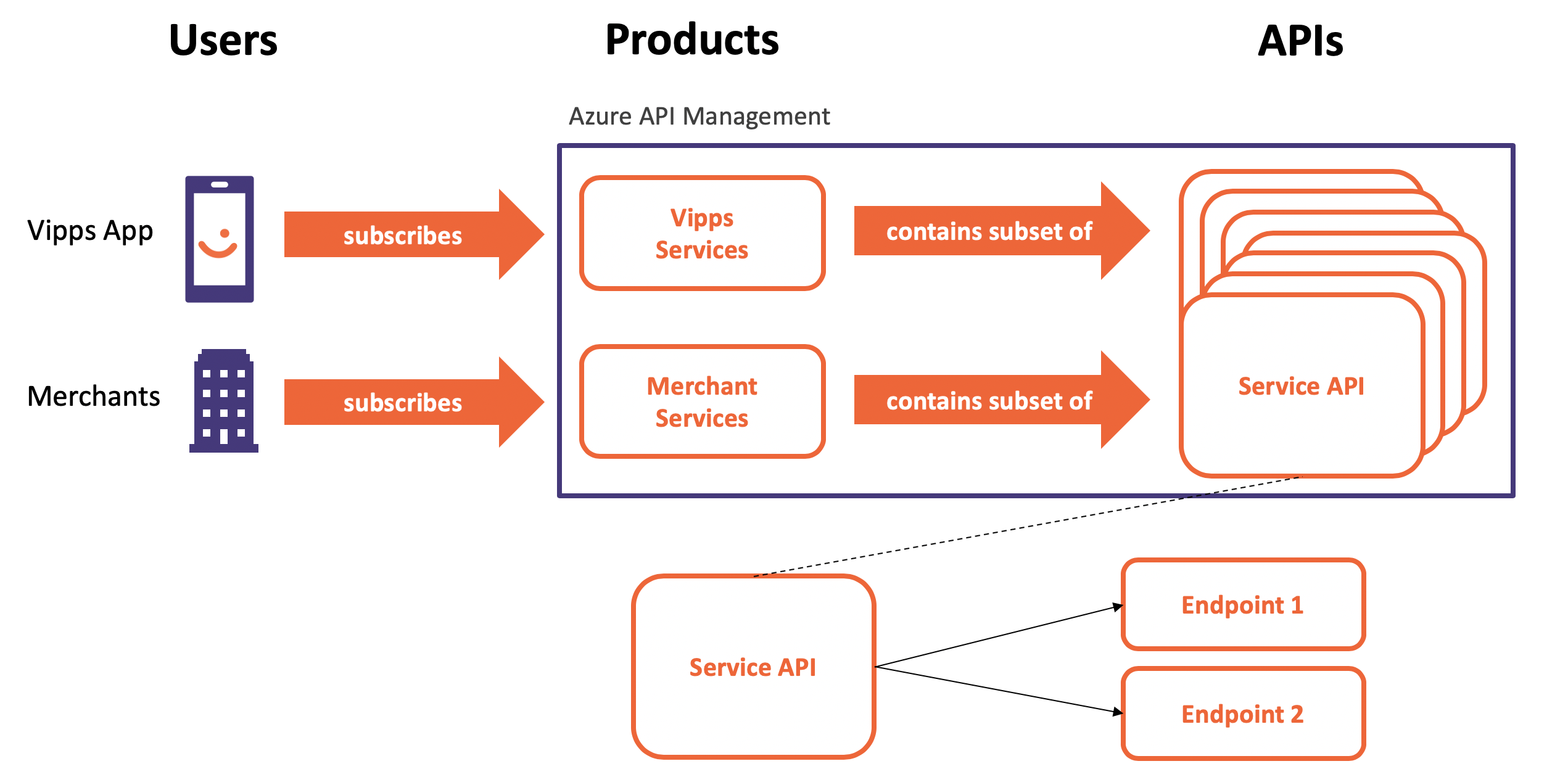



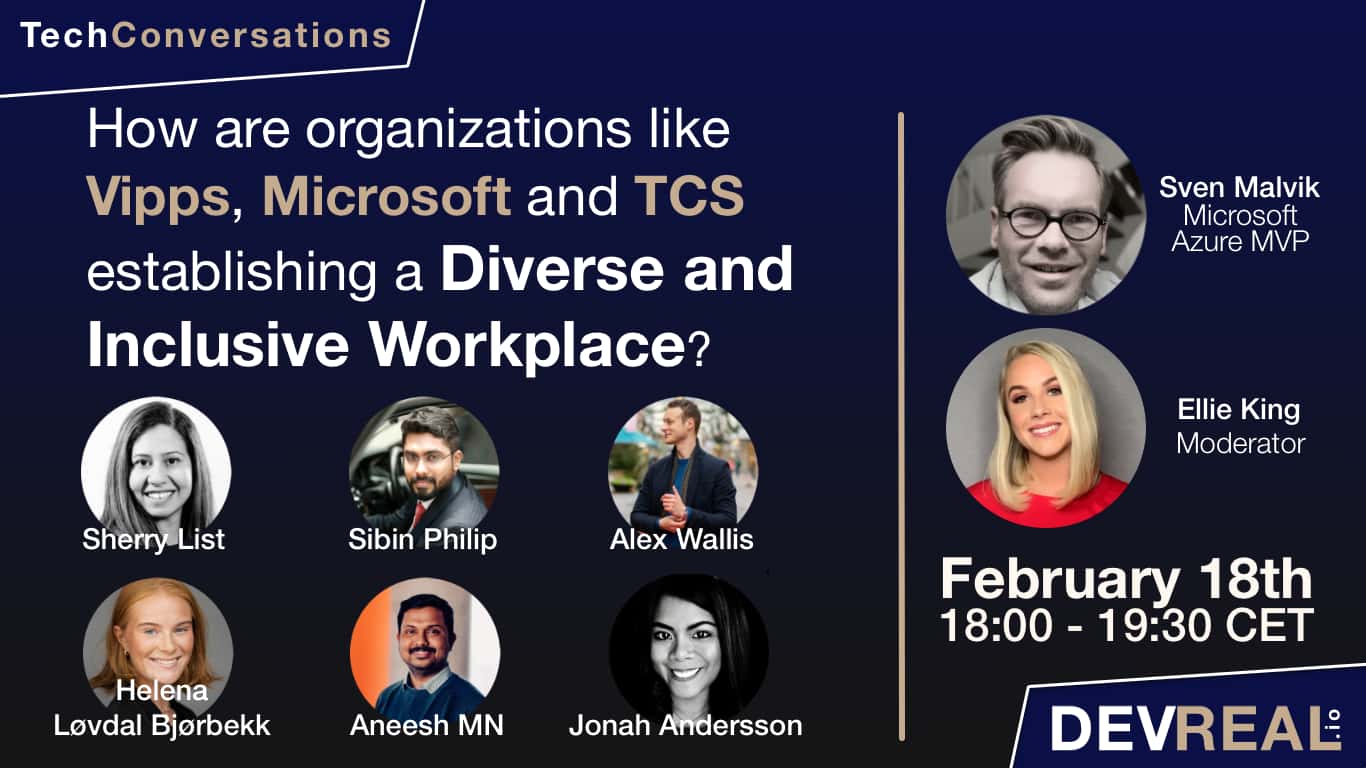 Diversity & Inclusion Tech Conversation
Diversity & Inclusion Tech Conversation